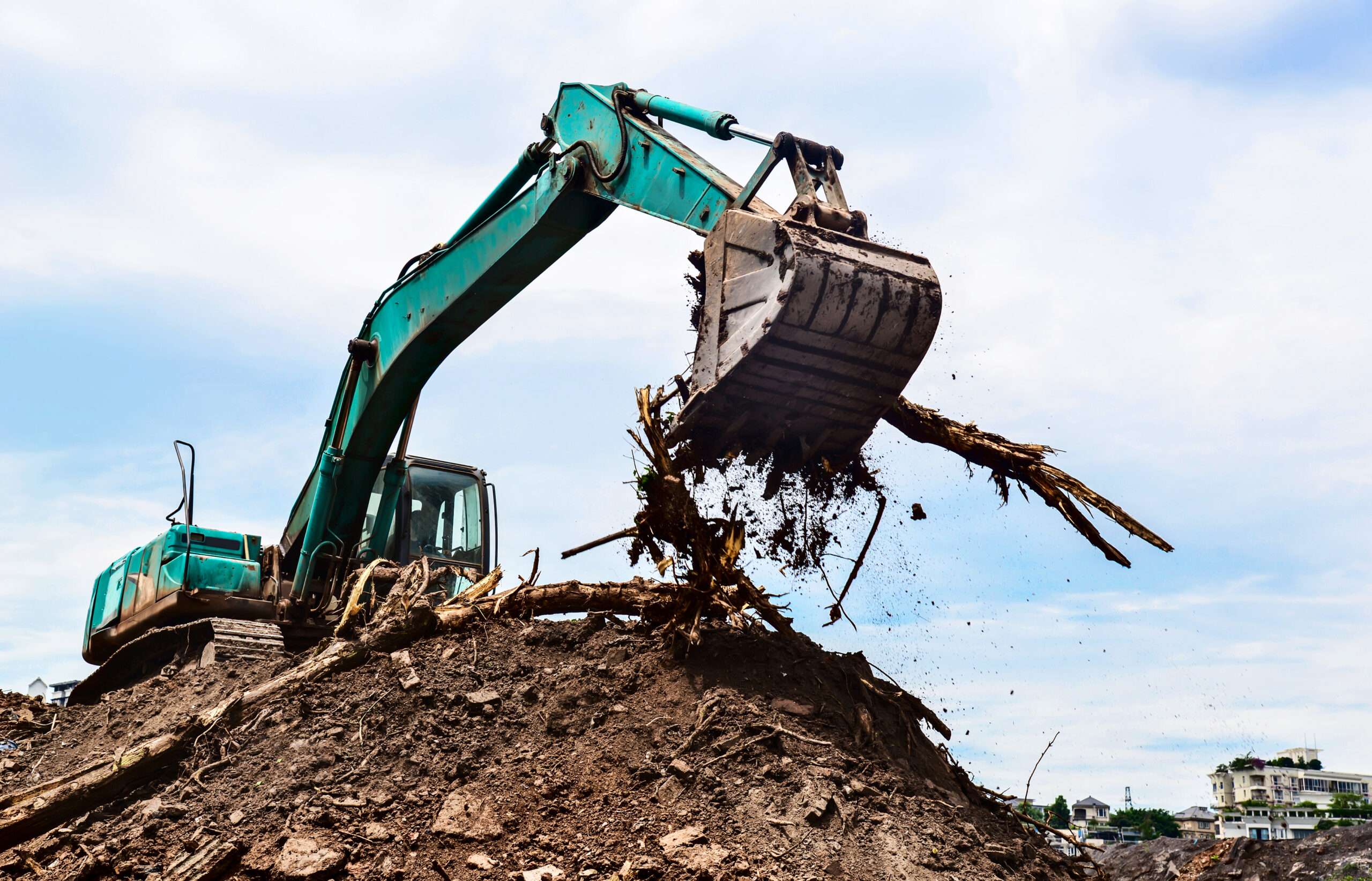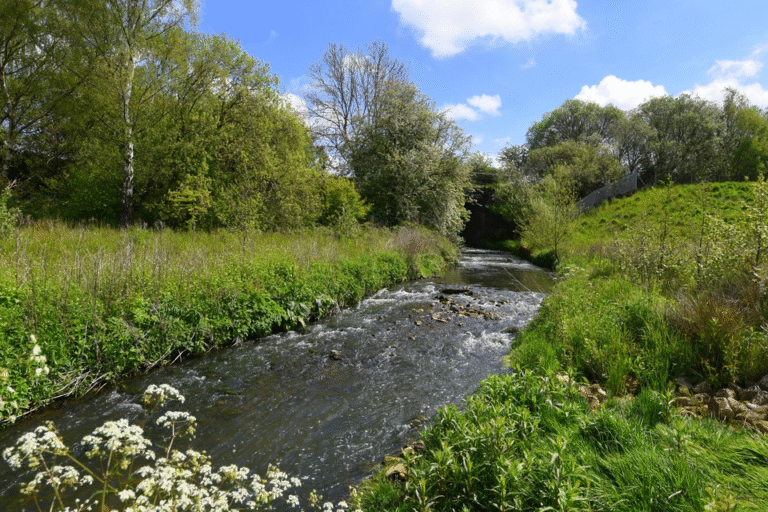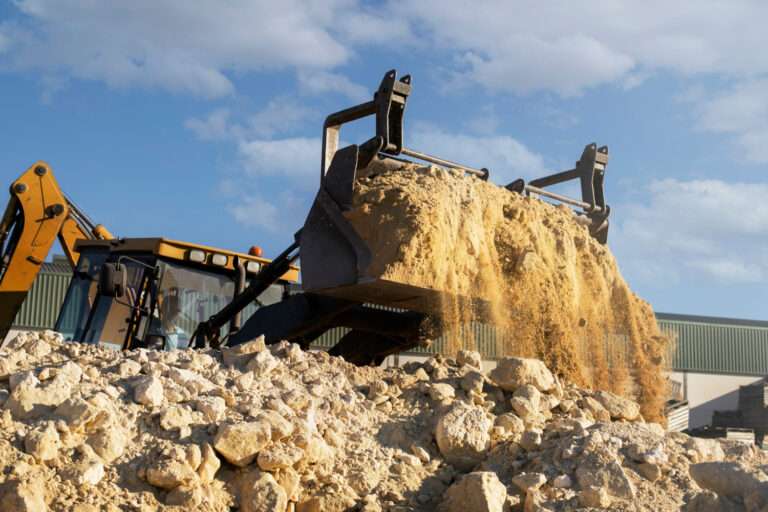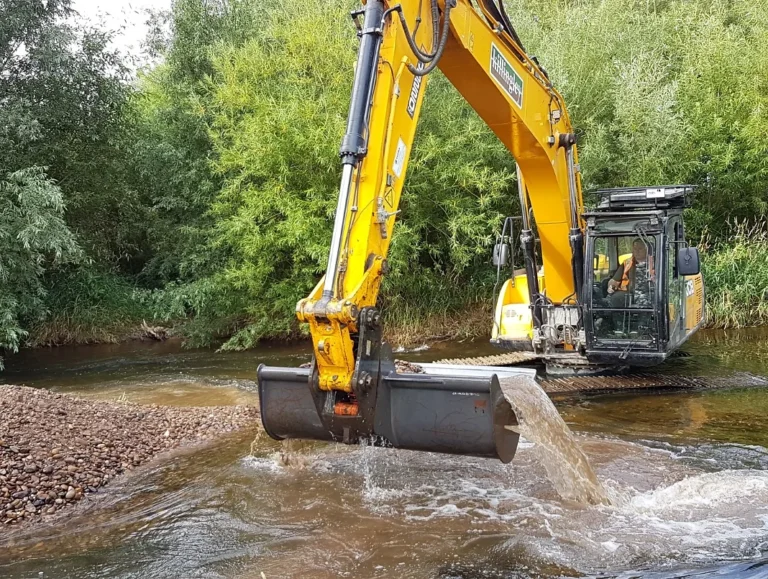Essential Site & Vegetation Clearance Tips for Commercial Projects
Clearing a site is often the very first step in any commercial development. Whether you’re preparing for new infrastructure, housing, or public space, proper site and vegetation clearance lays the groundwork—both literally and strategically—for everything that follows.
From invasive species control to full vegetation removal and safe waste disposal, this stage is critical. Yet it’s also the phase where mistakes can lead to hidden costs, environmental issues, and major delays.
In this guide, we’ll explore the best practices, key challenges, and smart solutions to ensure your site clearance process is smooth, compliant and cost-effective.
🌿 Why Site Clearance Is More Than Just Clearing Weeds
Clearing a commercial site isn’t just about cutting grass or removing trees. It’s about creating a safe, workable area that meets planning conditions and project deadlines. A professional clearance team will consider:
- Protected species and habitats
- Arboricultural constraints
- Soil stability and root systems
- Controlled waste and environmental regulations
- Machinery suitability and access
Fail to get this right, and you may face enforcement action, unexpected delays, or costly rework later in the build.
⚙️ Key Steps in Effective Site Clearance
To ensure your project starts on solid ground, follow these critical steps:
1. Site Survey & Environmental Checks
Before machinery ever rolls in, a detailed assessment is essential. This includes:
- Identifying protected species (e.g. nesting birds, bats, reptiles)
- Mapping existing trees, hedgerows and invasive plants
- Checking site history and contamination risk
2. Tree and Vegetation Removal
Trees, shrubs, scrub and undergrowth must be cleared systematically. Depending on scale and timing, this might include:
- Flailing, mulching or mowing
- Tree felling and stump removal
- Vegetation screening and root ball excavation
FAQ – Can I remove trees without permission?
Not always. Many trees are protected by Tree Preservation Orders (TPOs) or local planning conditions. Always check with your local planning authority.
3. Waste Management & Recycling
Clearance doesn’t end with removal—what happens to the material matters too. A good contractor will separate and process:
- Green waste (mulched or composted)
- Timber (reused or chipped)
- Non-organic waste (recycled or properly disposed of)
4. Ground Preparation
Once clear, the site may need:
- Topsoil stripping or grading
- Access track preparation
- Stabilisation or erosion control
This is where experience really matters. Poor prep can lead to compaction, flooding or failures during the next construction phase.
🛠️ Specialist Equipment for Commercial Clearances
Commercial sites require more than strimmers and shovels. Specialist machinery ensures efficiency, safety and reduced environmental impact. Typical kit includes:
- Tracked mulchers – ideal for large-scale vegetation removal
- Excavators with tree shear attachments – to safely dismantle large trees
- Bulldozers and loaders – for topsoil and material movement
- Chippers and shredders – for green waste processing on-site
Partnering with a contractor like Killingley’s Site & Vegetation Clearance team gives access to GPS-controlled equipment and decades of groundworks experience.
⚠️ Common Pitfalls to Avoid
Too often, project managers rush clearance works or cut corners. Watch out for these common mistakes:
- Clearing during bird nesting season – legally restricted and causes delays
- Over-removal – clearing too much can breach planning conditions or harm soil integrity
- Not checking for utilities – buried cables and pipes must be accounted for
- No haulage plan – lack of access routes or vehicle control causes site chaos
Pro Tip: Always get a method statement and risk assessment from your clearance provider. It protects you legally and ensures environmental best practice.
🌍 Sustainable Site Clearance Matters
Today, clients, councils and the public expect sustainable outcomes. Clearance services must:
- Minimise disruption to neighbouring environments
- Recycle as much material as possible
- Support biodiversity net gain plans
- Reduce carbon footprint of transport and machinery
Clearance that respects the landscape is not only ethical—it’s smart business.
📋 Summary: Your Site Clearance Checklist
| Task | Why It Matters |
|---|---|
| Full ecological and tree survey | Prevents delays and legal issues |
| Plan for nesting seasons & wildlife | Avoids breaches and rework |
| Use appropriate machines | Saves time and avoids ground damage |
| Dispose of waste responsibly | Complies with environmental law |
| Clear access and trackways | Enables a clean start to construction |
✅ Final Thought
Whether you’re developing a retail park, road scheme or public green space, site clearance sets the tone for everything that follows. A well-managed, environmentally responsible clearance phase keeps projects on track, protects your budget, and builds goodwill with planners and the public alike.
Killingley Insights is the editorial voice of NT Killingley Ltd, drawing on decades of experience in landscaping, environmental enhancements, and civil engineering projects across the UK.








